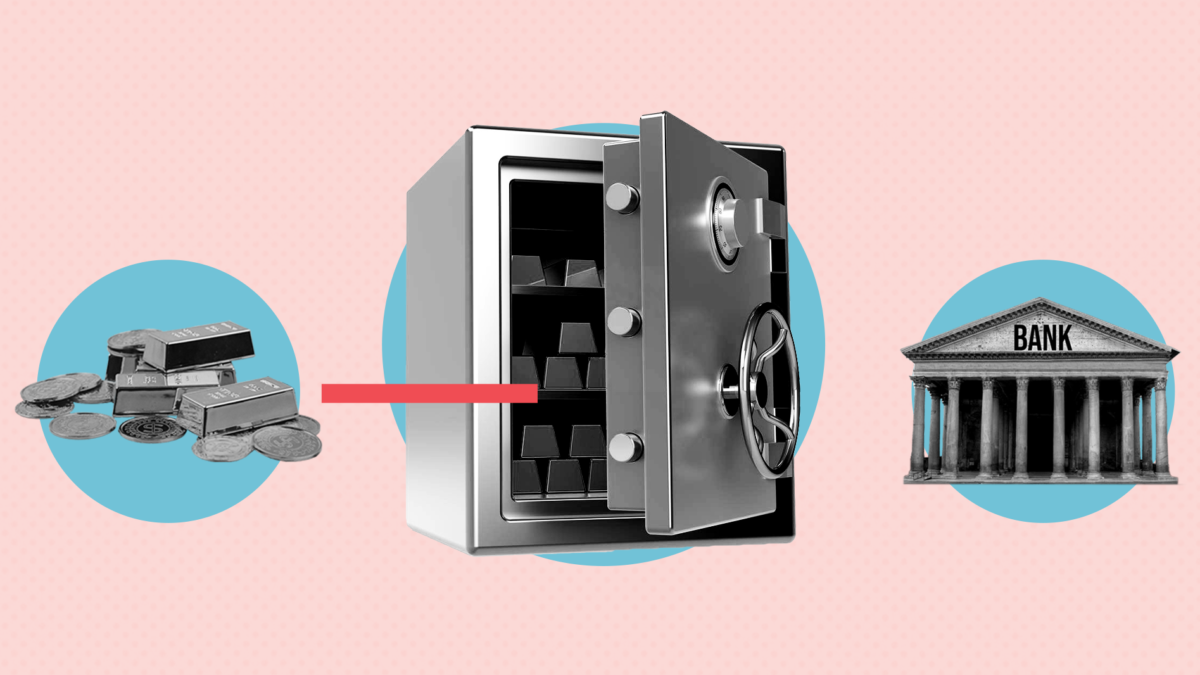Banks are integral to our financial lives, offering services that we rely on daily. However, behind their convenience lies a business model that often thrives on consumer ignorance. While many of us trust banks to safeguard our money, we don’t always realize that they profit significantly from fees, interest rates, and terms that most people don’t fully understand. This lack of awareness creates a system where the uninformed are subtly, yet constantly, paying the price.
One of the most significant ways banks profit from ignorance is through fees. Banks charge various fees that can add up quickly, whether for overdrafts, monthly account maintenance, ATM withdrawals, or late payments. For many customers, these fees seem like an unavoidable part of banking, but the reality is that most people need to realize how easy it is to avoid them. For example, many banks charge overdraft fees, but these fees can be avoided by simply keeping track of one’s balance. However, because customers often need to be made aware of the policies or the alternatives available, they fall into a cycle of repeated charges.
Similarly, banks profit from the complexity of interest rates, particularly with credit cards and loans. Credit card companies often advertise low interest rates, typically reserved for customers with excellent credit. If your credit score is lower, you may pay far higher rates than you realize. Moreover, the terms of these interest rates often need to be fully explained to the borrower. For example, a 0% introductory APR on a credit card may sound appealing, but the reality is that once the introductory period ends, the interest rate can skyrocket. Without reading the fine print or fully understanding the terms, consumers pay far more than they initially expected.
Another invisible trap lies in the investment products offered by banks. Many believe that banks offer these products to help customers grow their wealth. While this is true to some extent, it’s equally important to realize that the bank profits from managing your investments. In exchange for this service, they often charge high management fees, sometimes without fully disclosing how much they take. These fees can erode the returns on your investments over time, meaning that while you may think your money is working for you, it’s benefiting the bank more than it benefits you.
Furthermore, bank terms and conditions are notoriously complicated and filled with legal jargon, making it difficult for the average customer to comprehend them fully. Many people simply accept the terms when signing up for a new product or service without taking the time to read through the fine print. These documents often contain hidden fees, clauses that allow the bank to change terms at any time, and other conditions that favor the institution rather than the consumer. This lack of understanding leaves customers vulnerable to decisions that work in favor of the bank’s bottom line.
Banks also thrive on inertia. Once a customer opens an account, it’s often easy to let it sit dormant, accruing fees or offering little benefits. Many people hesitate to change banks or financial institutions due to perceived hassle or fear of the unknown, even when better, more affordable options exist. Banks exploit this reluctance to switch, knowing that even a tiny shift in consumer behavior can significantly impact their profits.
In conclusion, the banking system operates on a model where your ignorance can directly translate into your profit. By failing to understand the fees, terms, and conditions associated with various banking products, consumers inadvertently make choices that benefit the bank more than themselves. To avoid these invisible traps, consumers must educate themselves on financial products, scrutinize terms and conditions, and regularly reassess their banking choices. Empowering yourself with knowledge is the first step toward breaking free from the invisible trap banks use to maximize their earnings at your expense.




